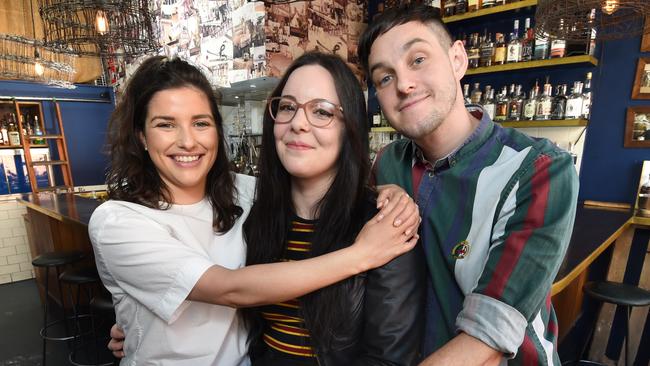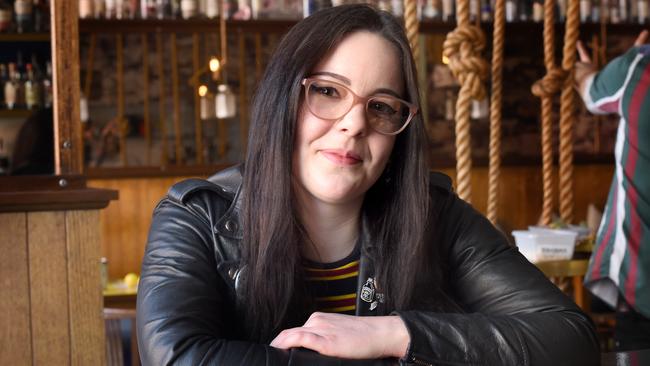Researchers use blood samples from young cardiac arrest survivors to test for warning signs
World-first lifesaving treatments are a step closer with Australian researchers setting up a registry to uncover why young people drop dead from sudden heart attacks without warning.
VIC News
Don't miss out on the headlines from VIC News. Followed categories will be added to My News.
A world-first genetic data bank and registry is being set up to uncover why seemingly healthy young people drop dead from sudden cardiac arrest without warning.
Melbourne and Sydney researchers are aiming to collect blood samples from as many of the 25,000 Australians who die in this way each year, from those who survive and their family members.
The aim is to find new early warning signs, risk factors and causes to design lifesaving treatments and screening tests.
The main cause of sudden cardiac death in people under 35 is a genetic heart condition or heart rhythm disorder.

Baker Heart and Diabetes Institute’s head of sports cardiology, Associate Professor Andre La Gerche, said while there were known genetic causes for about a third of sudden cardiac deaths, they were beginning to understand there were more genetic risks.
“The most common cause of people having a sudden cardiac arrest is when there is a blockage in the coronary arteries,” Prof La Gerche said.
“We now realise when this is the cause in those aged 30-50 years they’re usually non-smokers and without high blood pressure or cholesterol.
“It’s almost unexplained coronary disease. This is a group we’re keen to understand better because there is probably a genetic, or other cause, why people have gunk in their arteries when they don’t have any risk factors.”
The registry, which also involves the University of Sydney, is funded by the Ross Dennerstein Foundation, set up in memory of the 47-year-old commercial airline pilot and father of three whose sudden cardiac death in 2016 remains unexplained.

Sarah Harrison, 27, was brought back to life in March after suffering a cardiac arrest while bartending at Fitzroy’s Bad Frankie.
A doctor in the bar, Sarah McSparron, and Ms Harrison’s then boss, Lewis Halls, performed CPR on her as they waited for an ambulance.
Ms Harrison was unknowingly living with an abnormal heart valve, and has since had a defibrillator implanted.
“I was probably the healthiest I had been in years, and there is no real reason why it would have happened on that day,” Ms Harrison said. “I was very lucky someone was there to help. It could have easily happened in my sleep and caused my family a lot of pain.”
Prof La Gerche said it was patients such as Ms Harrison, whose cardiac condition had only been associated with heart rhythm problems in the past five years, that they hoped to save through screening tests in the future.


